Preserving traditional customs in the midst of modernity
The Bo Y population in Vietnam is only a few thousand people, mainly concentrated in the communes of Quan Ba, Dong Van and Meo Vac. Their lives are closely linked to corn fields, terraced fields, and fairs where people meet and exchange. In the midst of the integration cycle, many old customs have faded away, but there are still customs, rituals and especially traditional costumes that make this community a "living treasure" in the middle of the Stone Plateau.
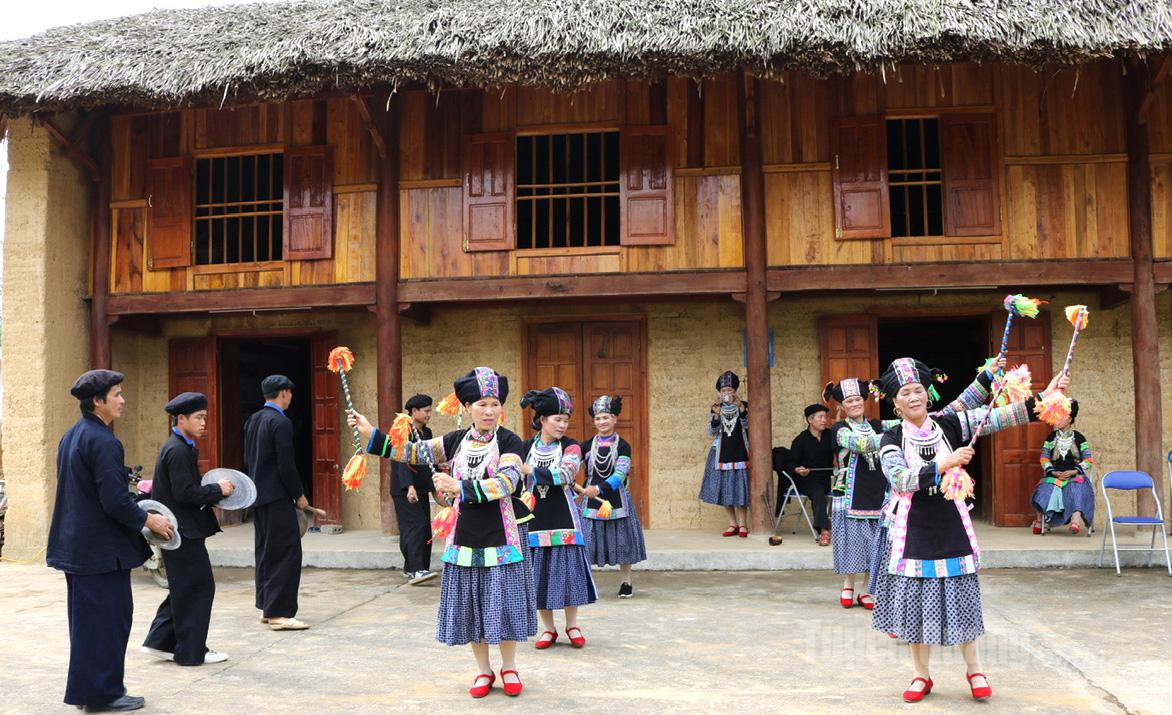 |
| Community living space of the Po Y people with dances and music imbued with the village. |
“We have few people, so we have to preserve our customs to avoid being lost. For example, in weddings and ancestor worship ceremonies, everything must follow the old customs,” said village elder Duong Van Thanh in Quan Ba commune.
If we look at the marriage customs, we can clearly see traces of the cross-fertilization. The Bo Y wedding has the custom of pulling the wife like the Mong people, but has a ceremony of exchanging silver rings and head scarves with Tay and Nung influences. In funerals, the Bo Y people attach importance to sending off with folk songs, as a thread connecting the living with the souls of their ancestors.
In addition, during the year, the Bo Y people also maintain many small festivals associated with crops and agricultural beliefs. The Po Y people believe that everything has a soul, so when clearing land for farming, they must first make offerings to the mountain gods and forest gods. On the occasion of Lunar New Year, they hold a ceremony to worship their ancestors in a cozy atmosphere, the offering tray often includes five-color sticky rice, boiled chicken, corn wine with leaf yeast... all prepared by the family themselves.
Clothing, cuisine and lifestyle - Identity remains forever
Not only customs, but also costumes have become the most obvious "sign" to identify Bo Y people. Bo Y women stand out in their brightly embroidered indigo shirts. On the body of the shirt, red, yellow, and blue embroidery lines are arranged in balanced blocks, both delicate and generous. The hem of the shirt is often bordered with red thread - a color symbolizing luck. In particular, their headscarves are considered the soul of the outfit. When a daughter gets married, her mother will give her the scarf, as a message to preserve the family and people's traditions.
A little-known valuable detail: The Bo Y people have a long tradition of growing cotton, spinning, and weaving, and they do not use fabric bought from the market. Each piece of fabric, each stitch is the crystallization of months of labor and the desire to preserve its own beauty. Therefore, the costume is not only something to wear, but also a miniature history book, telling about the origins and beliefs of the entire community.
Ms. Loc Thi Ha, a young Bo Y ethnic woman in Meo Vac, shared: “Wearing traditional costumes, I feel confident and like I carry the identity of my people. Many tourists come to take pictures and ask to buy, I am very happy, but the most important thing is that my daughter will still know how to embroider and keep the profession.”
Nowadays, community tourism is opening up opportunities for the Bo Y people to spread their identity. At the markets in Quan Ba or Dong Van, it is not difficult to see Bo Y women selling hand-embroidered scarves or colorful cloth bags. Many homestays managed by the Bo Y family have also become attractive destinations for tourists who want to experience the local culture.
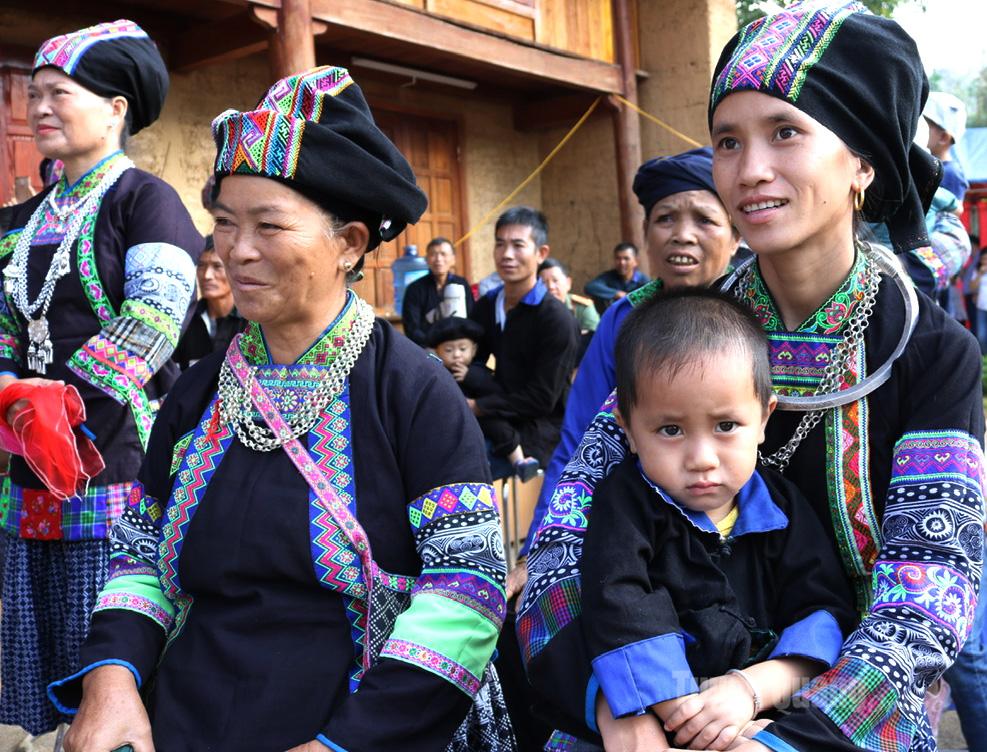 |
| The gentle smiles of Po Y women and the radiance of their colorful hand-embroidered costumes. |
Tourist Nguyen Thi Thu Ha from Hanoi, after her trip to Quan Ba, shared: “What impressed me most was when I saw a young Po Y girl sitting at the loom, her hands moving quickly, each thread of fabric seemed to have a soul. When I tried on their clothes, I clearly felt the connection between people and the mountains and forests. It was not just a costume, but a living cultural breath.”
The cuisine of the Bo Y people also has many subtleties. In addition to the dishes familiar to the highlanders such as thang co and smoked meat, the Bo Y people have their own secret in processing soybeans, creating types of soy sauce and sour rice to use all year round. Corn wine with yeast leaves is also an indispensable drink during Tet holidays and festivals. In particular, their five-color sticky rice dish is not only beautiful to look at, but also contains spiritual beliefs - the five colors symbolize the five elements, the balance of yin and yang.
Preserving identity - Pride for the future
The space of Bo Y village is simple but full of philosophy. Their houses are usually rammed earth houses or low stilt houses, thatched roofs, rustic wooden floors, nestled on the mountainside. The Bo Y people believe that building a house facing the valley will welcome vitality, helping the crops to be bountiful. In the house, there is usually an ancestral altar placed in the main room, with a red stove fire always burning, symbolizing togetherness and warmth.
It is in that space that visitors from afar often feel the hospitality. They will be invited by the host to have a cup of corn wine, a bowl of wild vegetable soup, and listen to stories about their ancestors. That is the moment when the boundary between the guest and the host seems to disappear, leaving only the exchange of hearts.
“In Bo Y village, I saw a simple yet warm life. From the smiles of the women in the market to the meals served with wild vegetables and stream fish, everything was sincere. It was that hospitality that made my trip more memorable than ever,” said Nguyen Anh Dung, a tourist from Ho Chi Minh City.
However, the decline is still a constant concern. The number of Bo Y ethnic households is decreasing, many young people leave their hometowns to study and work far away, and have few opportunities to stay connected with customs. Therefore, preserving the weaving and embroidery profession requires more cooperation. Party committees, authorities and cultural organizations in communes have had many projects to support preservation, but the most important thing is still the awareness of the community.
“Preserving culture is not only to remember our ancestors, but also to give our descendants pride,” emphasized Mr. Lo Van Pa, a village elder in Bo Y.
On the rocky plateau, where clouds and mountains drift lazily across the green fields, the Bo Y people still persistently weave their own colors. Each scarf and each shirt is not simply a costume, but also a whisper to the past, an affirmation of the survival of a small community in the middle of the great forest. And it is this uniqueness that makes the Bo Y a precious bright spot in the diverse picture of ethnic groups in the Northeast./.
Article and photos: Duc Quy
Source: https://baotuyenquang.com.vn/van-hoa/du-lich/202508/nguoi-bo-y-thanh-am-rieng-giua-nui-rung-dong-bac-7ca1eb4/




![[Photo] Hanoi: Authorities work hard to overcome the effects of heavy rain](https://vphoto.vietnam.vn/thumb/1200x675/vietnam/resource/IMAGE/2025/8/26/380f98ee36a34e62a9b7894b020112a8)


![[Photo] Multi-colored cultural space at the Exhibition "80 years of the journey of Independence - Freedom - Happiness"](https://vphoto.vietnam.vn/thumb/1200x675/vietnam/resource/IMAGE/2025/8/26/fe69de34803e4ac1bf88ce49813d95d8)

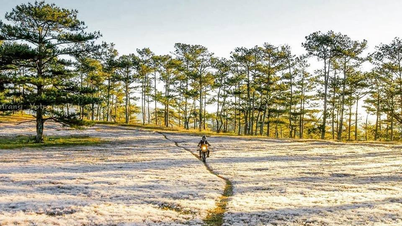

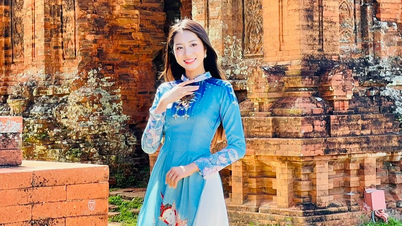

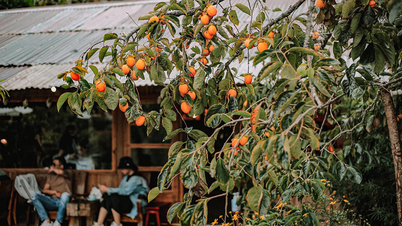
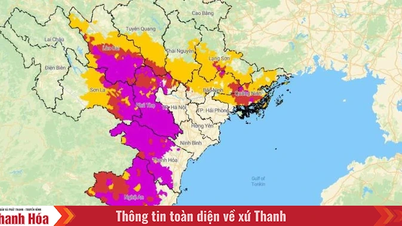

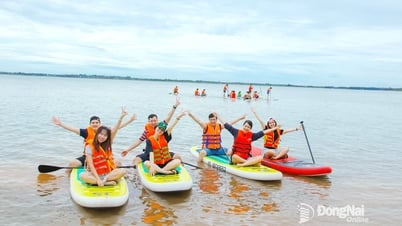

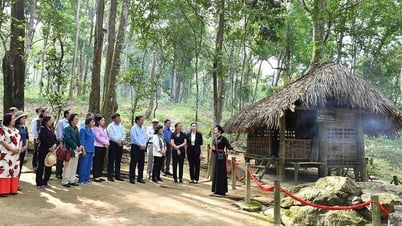



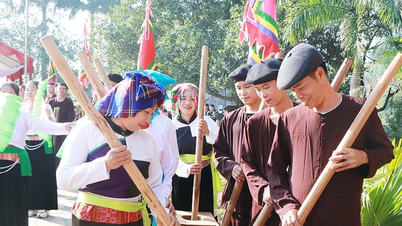

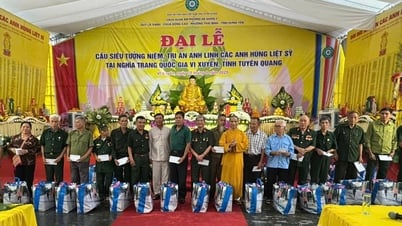





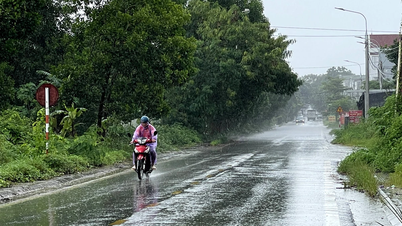
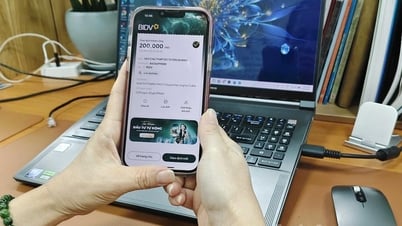

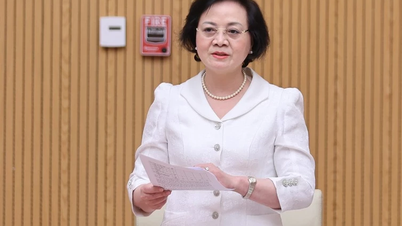
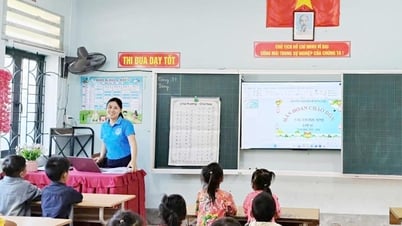
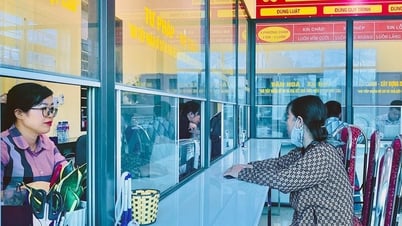
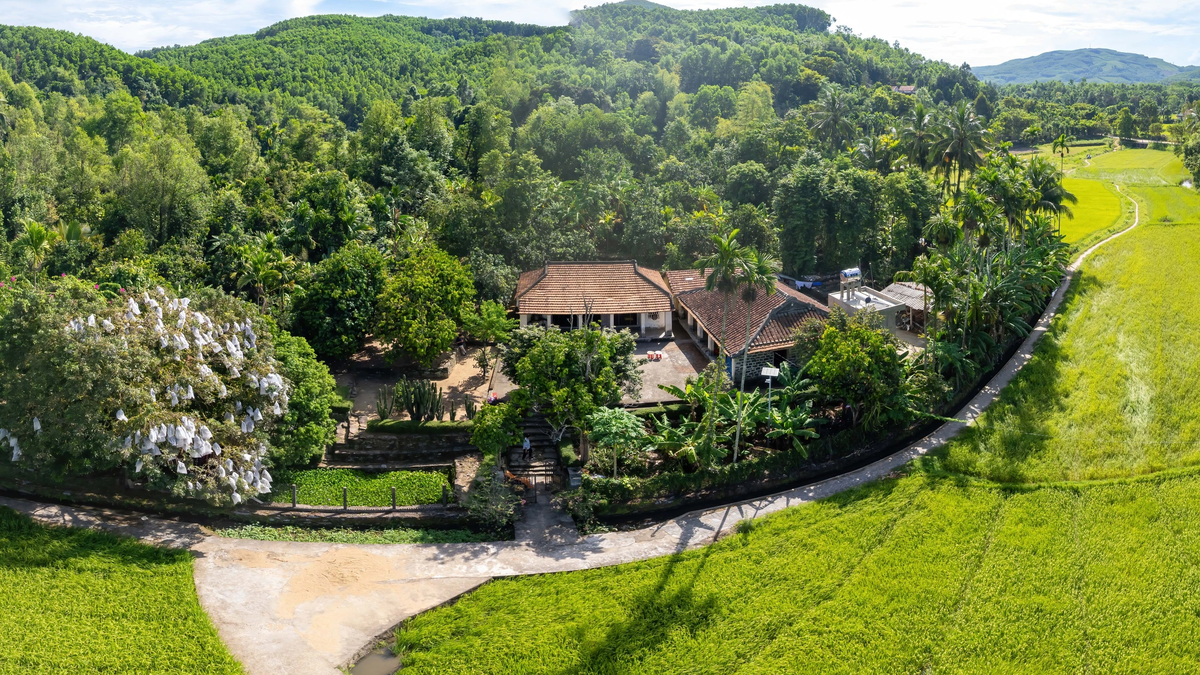
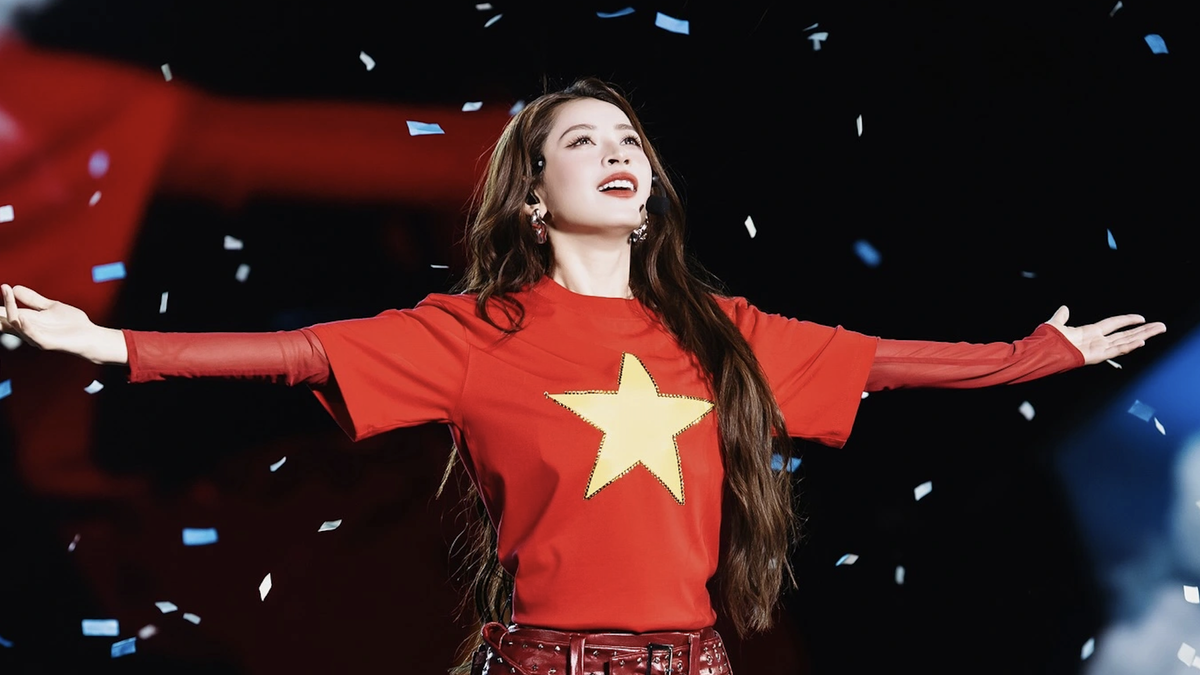

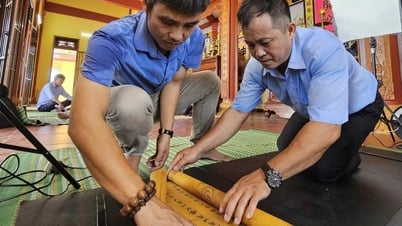



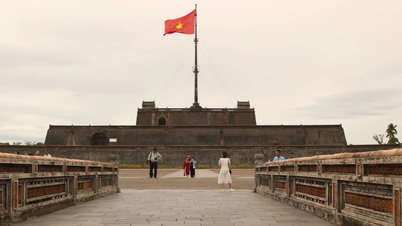

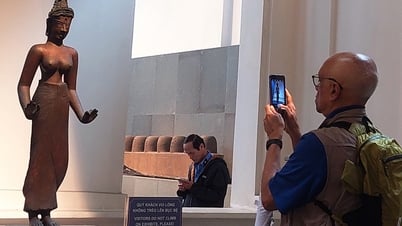



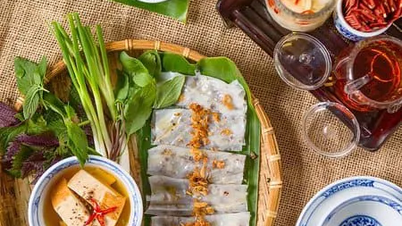





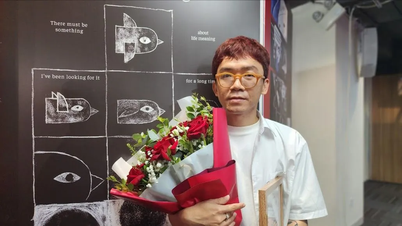

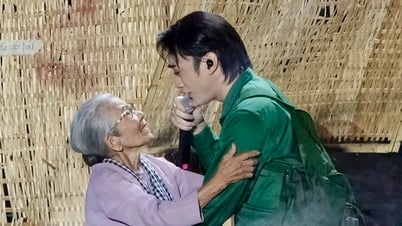

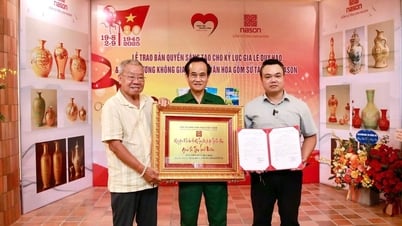

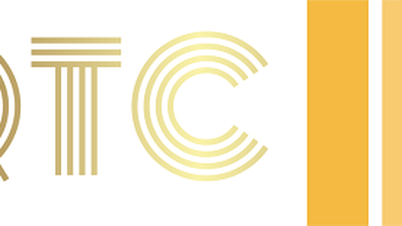




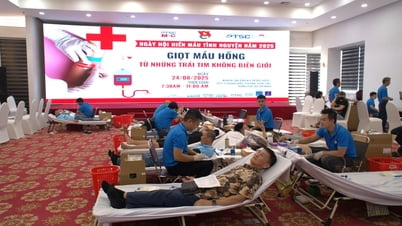
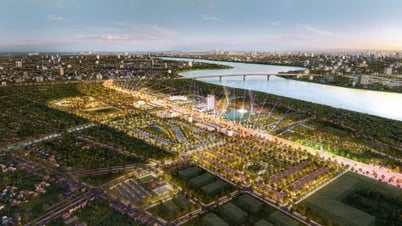
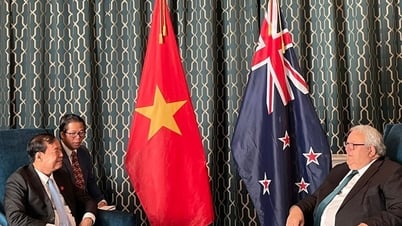



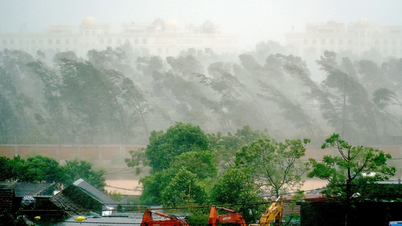
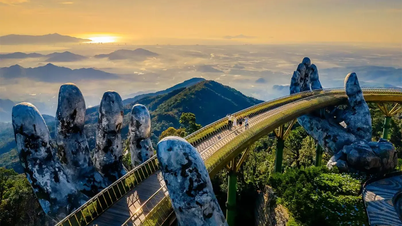



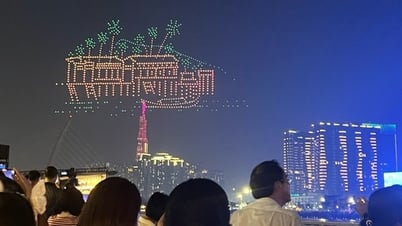



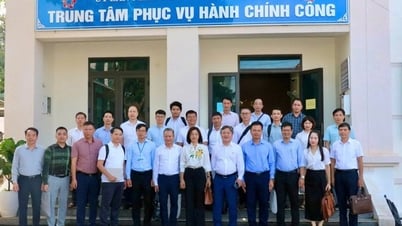
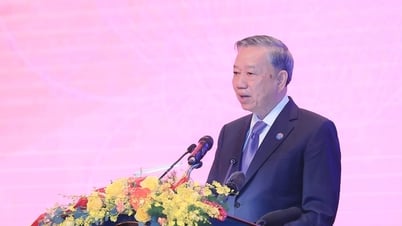

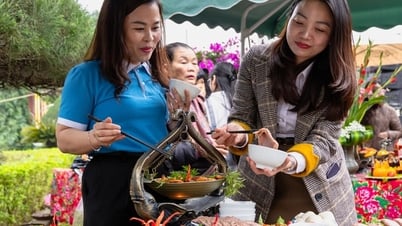
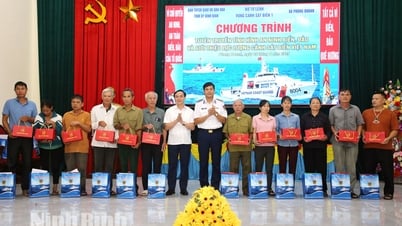




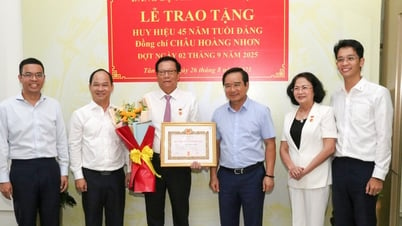
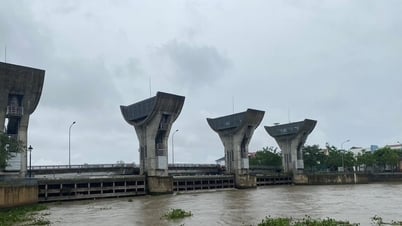

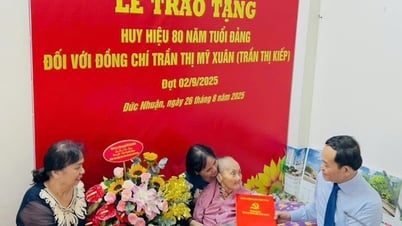


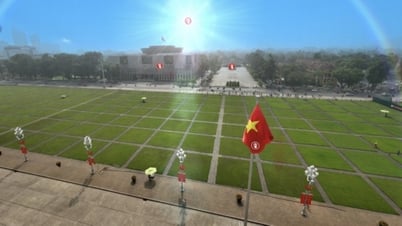


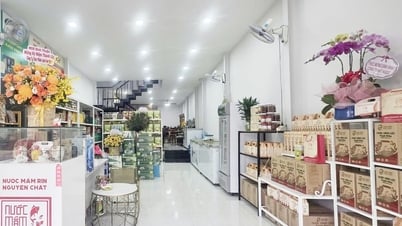



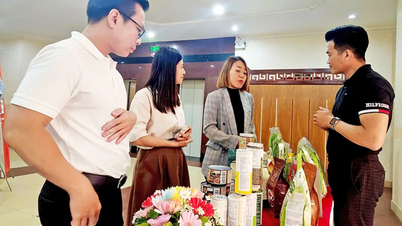




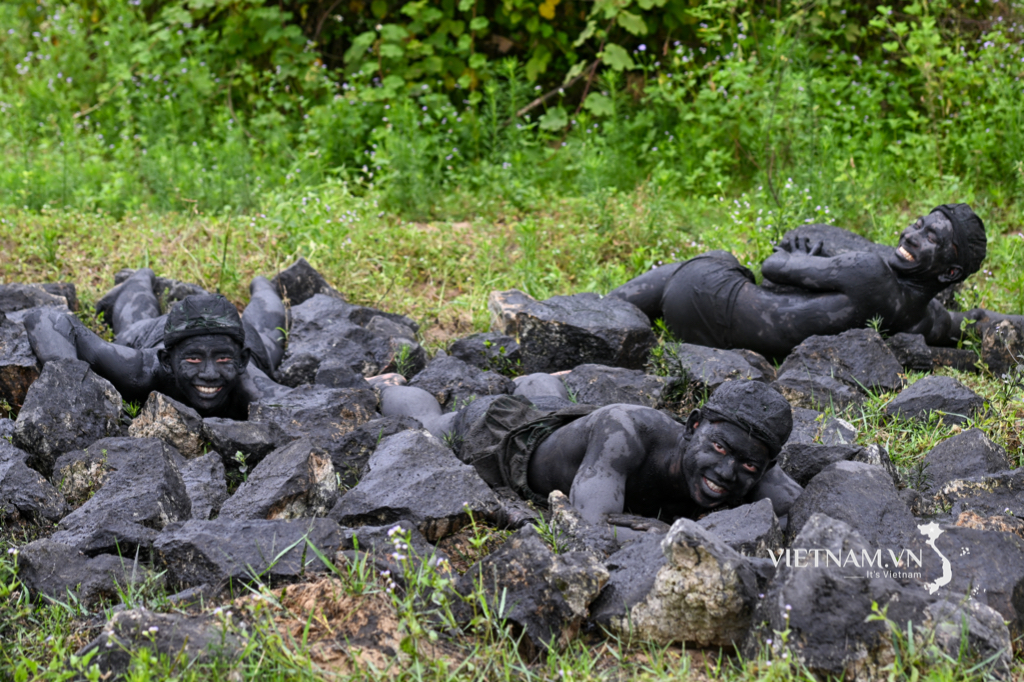
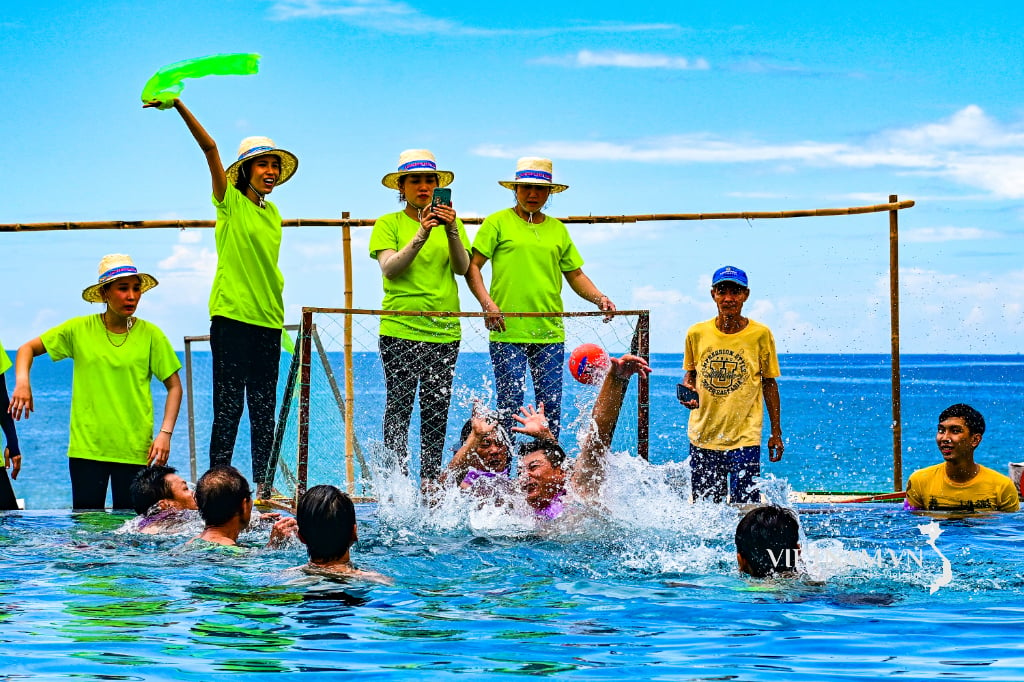
Comment (0)